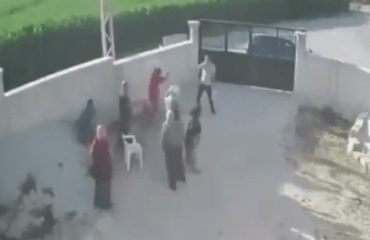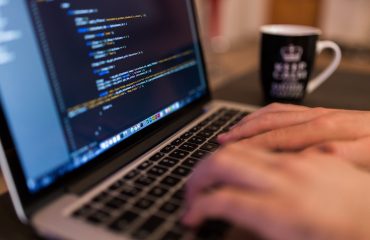

Let’s evaluate the last two months of our COVID-19 experience.
Turkey started with immediate partial lockdown measures which were enhanced over the course of the pandemic. Schools were closed in mid-March and the businesses were encouraged to work remotely where possible. The elderly and the youth, who constitute about 40 percent of the population are under full lockdown. Furthermore, full lockdown is implemented on weekends and national holidays. From April 23 to May 26, 17 days out of 33 has been under full lockdown.
At the end of these two months, we observe a visible decline in the number of patients and the infection rate at the end of this process. The decline of the reproduction number (R0) below 1 is a very promising sign. It suggests that the worst is behind and the virus is receding.
The evident success is primarily the product of our outstanding health workers as well as nationwide coordination. We should all be proud. It is not a coincidence that we reached this point at the end of a relatively short lockdown. In my earlier pieces, I shared the findings from our research. We show that the duration and the economic costs of a lockdown are minimized as the actual implementation gets closer to a full lockdown. Our calculations reflect that the Turkish experience is more of a mix between a partial lockdown and a full lockdown.
Consistent with our research, early success stories around the globe illustrate that Denmark, New Zealand, or Greece all took the pandemic under control within approximately one month, thanks to full lockdown policies implemented in these countries.
The worst part is over, but…
Getting the pandemic under control is the first leg of a success story. The ultimate achievement will depend on how strictly we follow social distancing rules as a society. Ending the lockdown at the appropriate time and minimizing the second wave is critical. Even if you take the virus under control in your country, you may need to revert the beginning once you open up your borders. Hence, the experiences of the early successors will provide guidance to the rest of the world.
Let me share our findings regarding the path ahead of us, based on our research during the last two months. Our results warn us about declaring early victory. In fact, removing the restrictions before the number of infections drop to reasonable values increase the risk of a second wave.

Under certain assumptions, the natural course of the virus and the number of patients under the “no lockdown” scenario is shown with the blue line. There are quite a few cases at the peak, but the infection rate gradually declines and the virus is taken under control within approximately one year. The red and the black lines show partial lockdown scenarios while the shaded area shows the duration of the lockdown. If the lockdown period is not very effective and more people get infected during the lockdown (the red line), less people will get infected once the restrictions are removed. Thus, the cost of prematurely ending the lockdown will not be that high. Ironically, if you implement a successful lockdown and keep the virus away from most households (the black line), then more people will get infected after the lockdown is removed because there is less immunity in the society. Hence, ending the lockdown too early generates a sizable second wave in this scenario.
The cost of the second wave
The economic costs of a second wave are rather sizable. As the number of infections increase, consumer confidence does not return to normal and demand remains weak. Hence the desirable economic recovery does not occur even if the businesses are open.
Let’s not forget that the virus is still there. Hence, being cautious until the vaccine comes out and obeying social distancing rules will minimize the risks of a second wave. This is the guideline to protect our health as well as the economy.
In addition to minimizing the risks of a second wave, it is also important to ensure that the economic units survive the pandemic with minimum damage in order to shorten the duration of the recession. Resources should be channeled to firms and consumers who experience distruptions in their income flows. In the due course, it is preferable to consider transfer payments rather than increasing indebtedness levels to ensure rapid recovery. This would provide the suitable environment for consumption and investment to flourish once the pandemic is over.
At this point, the size of the economic relief package comes into picture. The transfer payments mentioned above necessitate significant resources to be allocated to economic agents. The funding can partly come from money printing. However, as we take the inflationary risks under consideration, we note that it is rather difficult to overcome this crisis in the absence of external funding. Delays in securing external funding would lengthen the recessionary period and risk permanent damage to the productive capacity.


